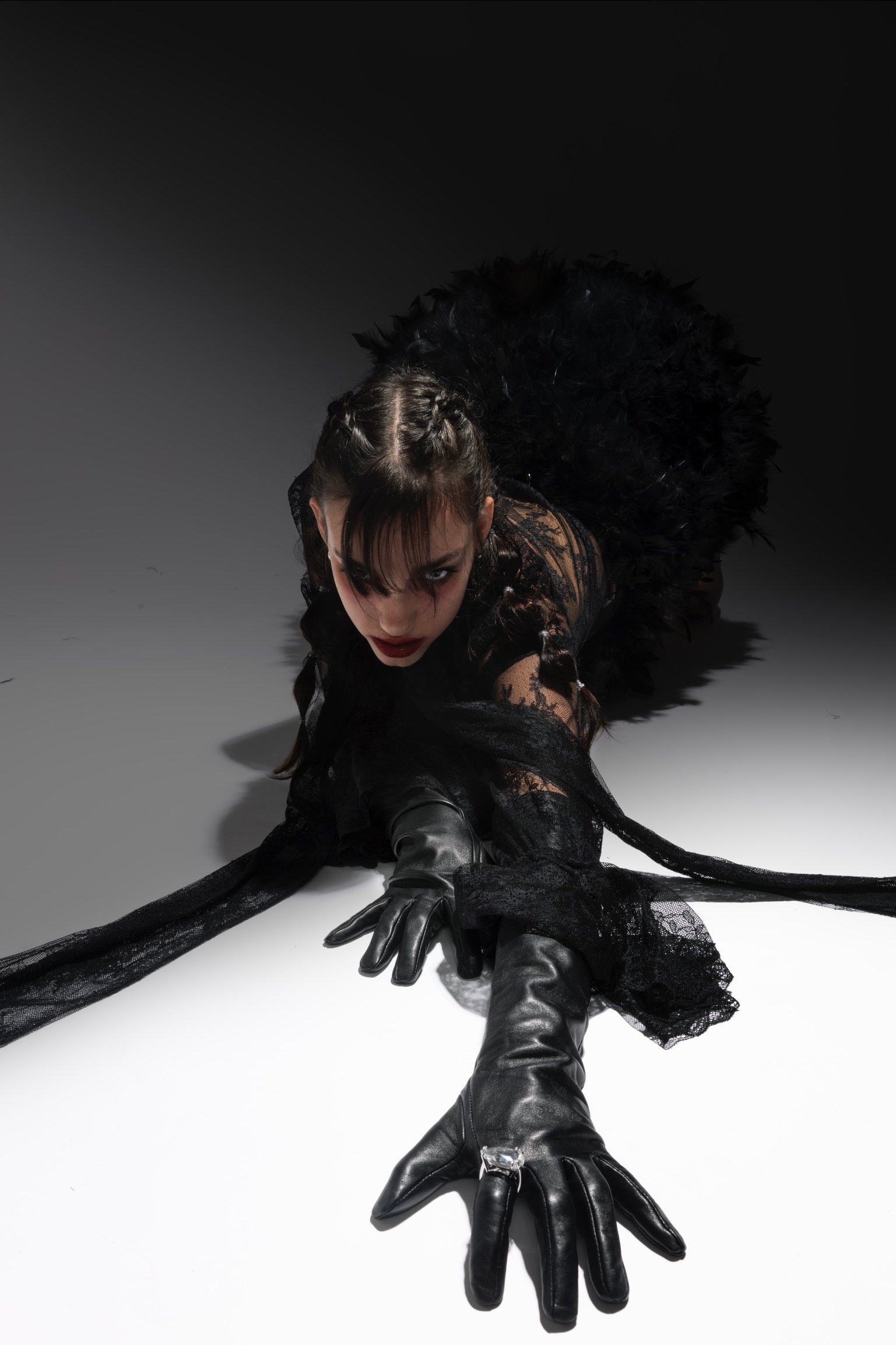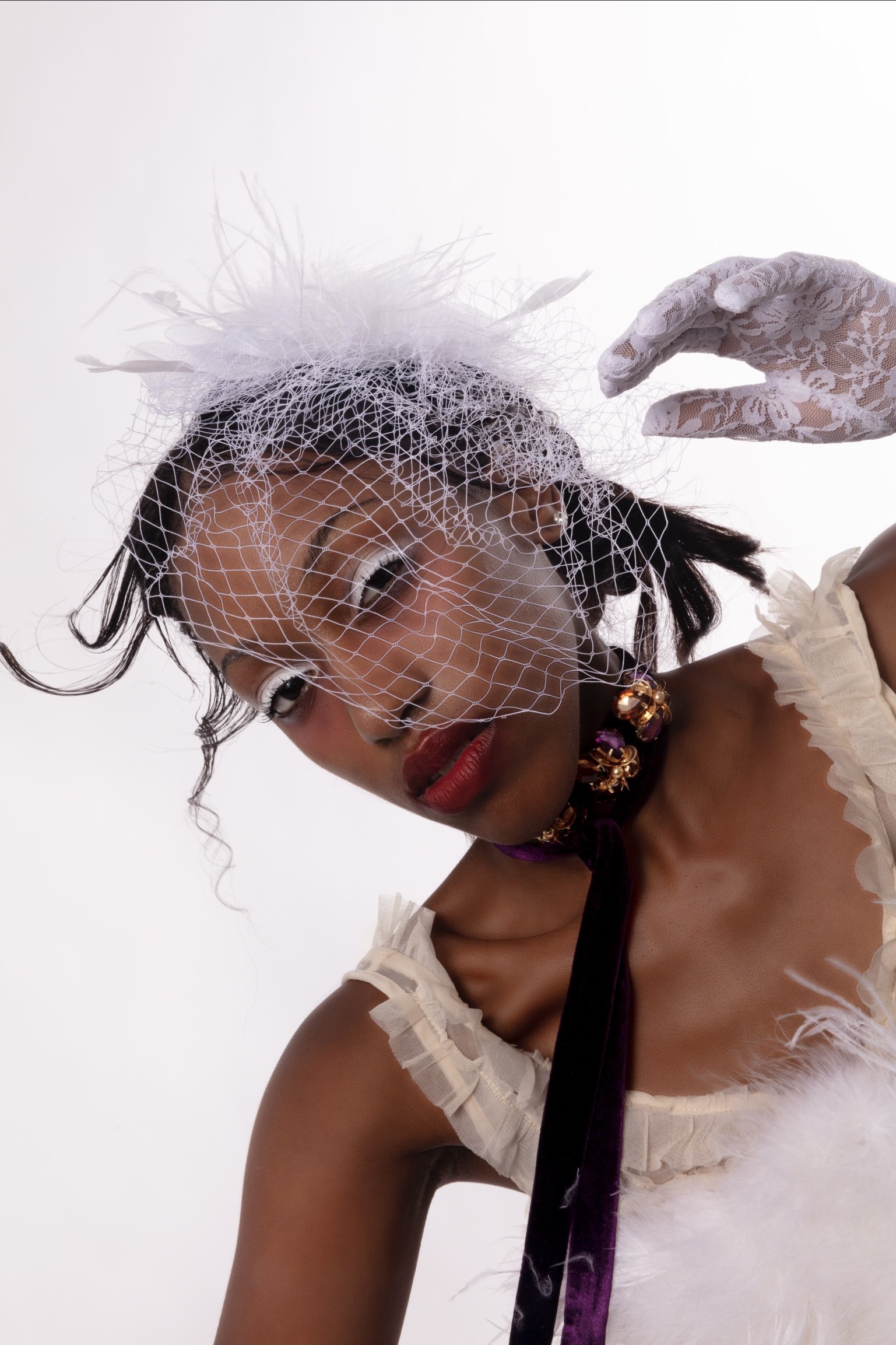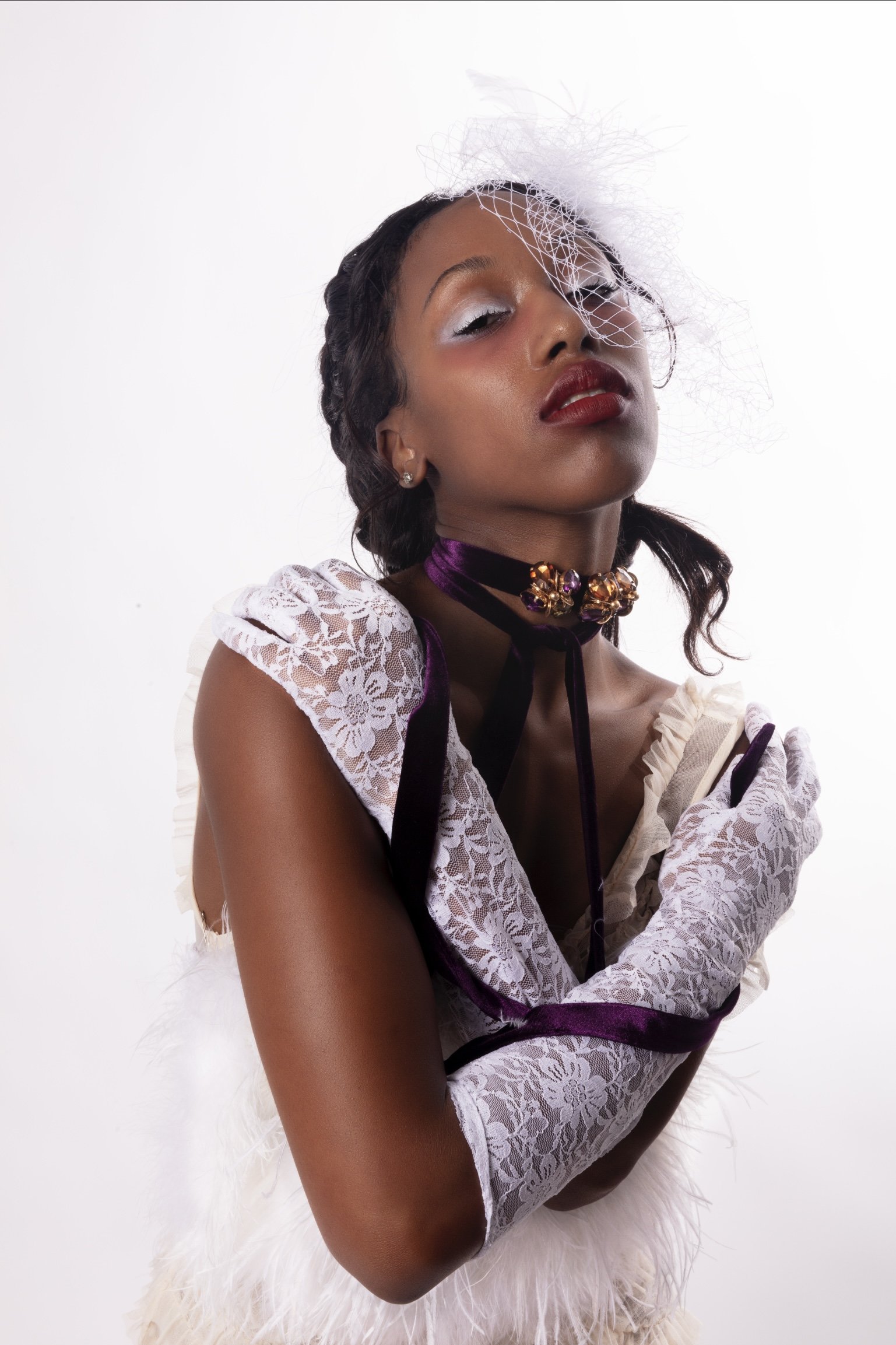Fatal Flaws
Sometimes our greatest trait, the one we are most praised for, can be our greatest flaw. The infamous Fatal Flaw lives in the darkest corners of our minds; the areas we never wish to visit because reflecting on our vices can make us hesitant. Fatal Flaws are ambiguous and, usually, unknown to the individual it hides within.
A Tragic Flaw, stemming from the Greek word hamartia, is described by Britannica as a defect or shortcoming in the hero of a tragedy, who is in other respects, a superior being favored by fortune. Whether it is Achilles, Othello, Macbeth, or Oedipus—Greek mythology is riddled with tales of Fatal Flaws. The stories within Greek Mythology are not the only ones that utilize these deadly flaws, many modern books and movies still use the Fatal Flaw trope. It by Stephen King, the Percy Jackson series by Rick Riordan, the Harry Potter series by J.K. Rowling, and The Black Swan directed by Darren Aronofsky are some popular modern-day adaptations of the Fatal Flaw trope.
In all these tales, the initially celebrated quality at the core of each character becomes their demise—their Fatal Flaw. The aspect of a Fatal Flaw that differentiates it from other negative traits is that the Fatal Flaw drives the character into making decisions that will lead to tragedy. For example, beauty and confidence are qualities praised by many. However, as seen in Tangled directed by Nathan Greno and Byron Howard, Mother Gothel wanted to hold on to the beauty she was once praised for, kidnapping Rapunzel. Her Fatal Flaw of vanity causes her ugly demise into insanity and, ultimately, her death.
Donna Tartt, author of The Secret History, begs the question, “Does such a thing as ‘the Fatal Flaw,' that showy, dark crack running down the middle of a life, exist outside literature?”
Like a whisper, a Fatal Flaw lulls itself into the back of your mind. Over time the whisper gets louder. As the whisper becomes a chatter, and eventually a scream, the initial whisper has already constructed the ideology that will be used throughout adult life—all while you were blissfully unaware.
The Fatal Flaw is a part of you—it always has been. Fatal Flaws are praised during childhood, compelling the child to believe it is their greatest achievement and the epitome of their character. Whether the trait is ambition, passion, perfectionism, or a multitude of other positive characteristics, it is something that is bonded through the development years. The characteristic lingers, morphing into faults during adulthood. Ambition transforms into greed; passion transforms into obsession. As La Rochefoucauld, a famous French writer, stated, “Our virtues are most frequently but vices in disguise.” These ‘virtues’ are held on a pedestal of praise that overcomes the character, bringing about their downfall.
The power of a Fatal Flaw comes from the fact that it is unknown to the individual. The glorification of a person’s Fatal Flaw poisons their judgment. Murmurs of negativity towards the Fatal Flaw in the realization of the faults of the trait are drowned out by the idealization of the Fatal Flaw. Residing beneath the surface of your conscious mind, outside of your awareness, the Fatal Flaw urges the continuation of toxic cycles.
Are we all doomed?
Fatal Flaws are dramatized beliefs, not facts. A fact cannot be changed, but a belief certainly can. The moral of the stories of Fatal Flaws is everything in moderation. No one is perfect; no one trait is perfect. Extremes of any quality will result in detriment. Your Fatal Flaw is, at your core, a virtue and should be utilized for its benefits. Once that quality morphs and becomes a catalyst in life, it is time to reevaluate and take action. If an unacknowledged, one’s Fatal Flaw can lead to an individual’s demise— understanding one’s Fatal Flaw can perhaps, be leveraged to initiate one’s character arc and evolution into a better self.
Models: Batya Zalmanov and Stephany Roberty
Photographer: Storm Halestrap
Stylist: Isaias Lopez
Assistant Stylists: Kevin Hernandez and Surya Richman
Makeup Artist, Beauty Director: Gillian Tokar
Hair Stylist: Rhia McGowan
Glam Assistant: Sarah Cassell
Videographer, Production and Set Director: Luna Abreia
Editor-in-Chief, Creative Director: Pilar Bradley
Photo Director, Creative Director: Kervens Jean
Fashion Director: Monica Robles
Managing Editor: Nova Krasner
Social Media and Public Relations Director: Maddie Paradise
Graphic Designer: Lily Kotz
Writer: Madison Collins




